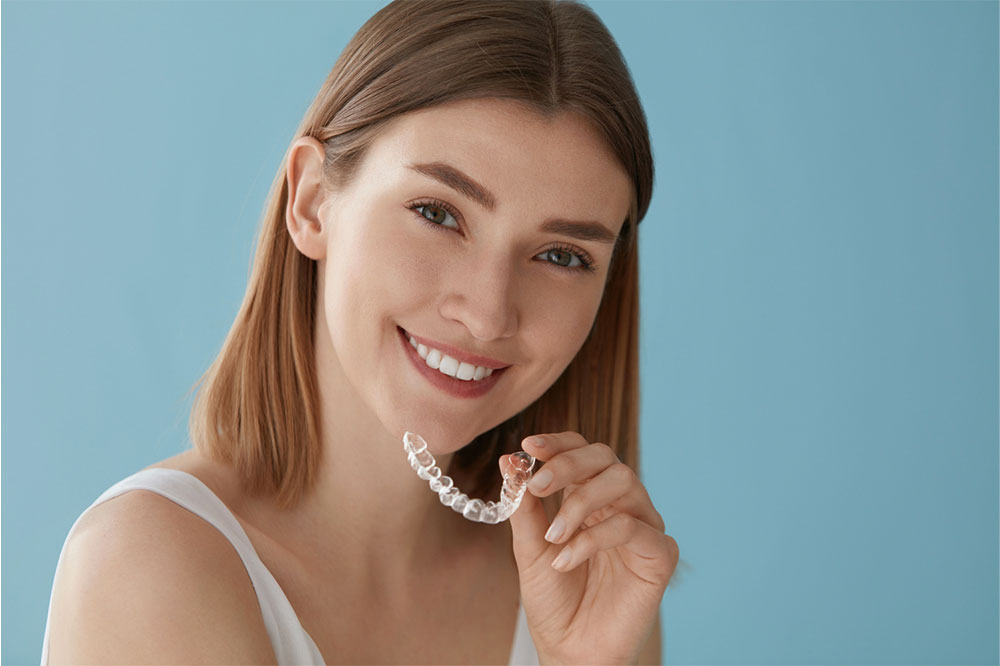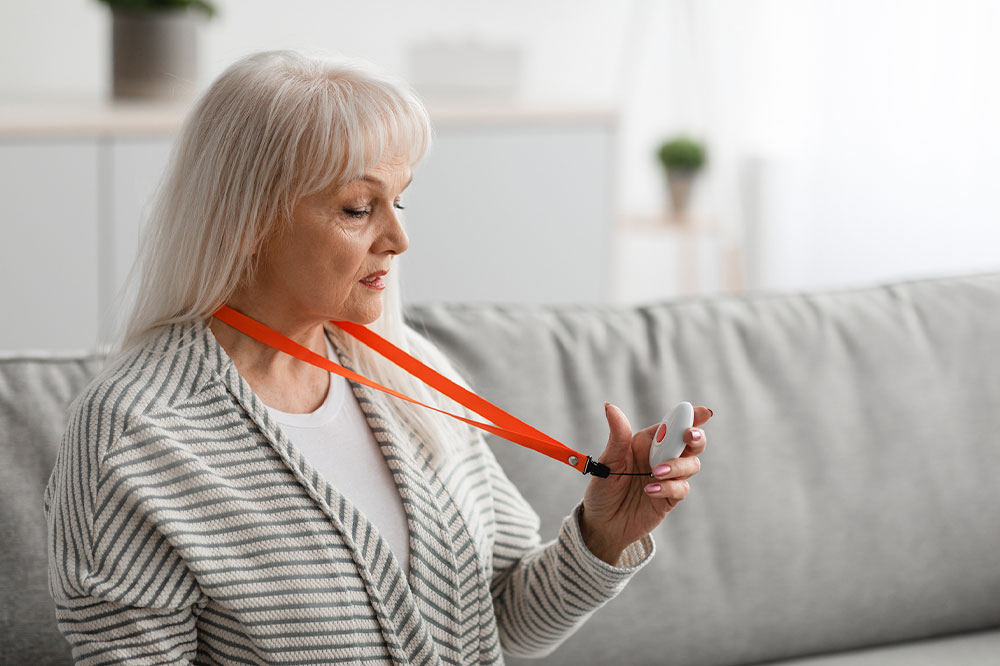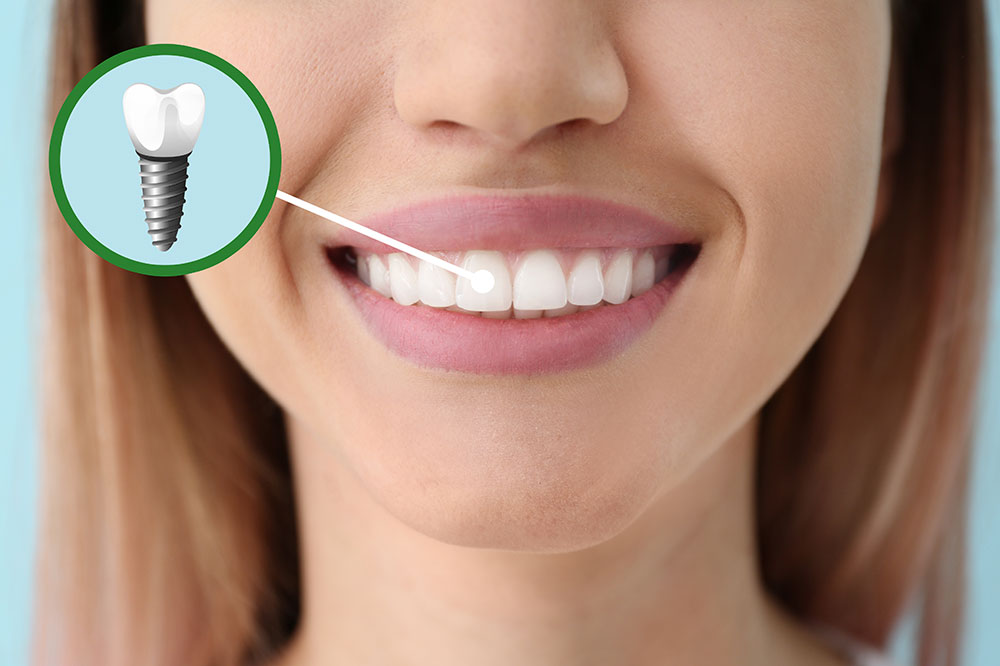Causes, Symptoms, and Natural Remedies for Chronic Kidney Disease

The kidney’s main function in the human body is to eliminate toxins, waste products, and extra fluid. It also helps control blood pressure and stimulates red blood cell production. Chronic kidney disease is a long-term condition that occurs when the kidneys fail to function properly, leading to poor blood filtering and an accumulation of toxins in the body. This article discusses the causes, symptoms, and natural remedies that can aid in managing the condition.
Causes of chronic kidney disease
The kidneys are responsible for the removal of toxins from the body through a complex system of filtration. However, when blood is not able to reach the kidneys, or the kidneys are unable to function due to some disease, or there is an obstruction in the flow of urine out from the body, it can lead to chronic kidney disease. Also, people with high blood glucose levels or high blood pressure can also develop chronic kidney disease. There are some other causes too that can give rise to the condition:
Kidney artery stenosis
This condition occurs when the renal artery, which supplies blood to the kidneys, becomes narrower.
Obstructed urine output
Poor urine flow can cause a reversal of the urine from the bladder to the kidney, which leads to increased pressure on the organ and possible dysfunction. Some of the reasons that this could occur are tumors, kidney stones, as well as an enlarged prostate.
Kidney problems
Chronic kidney disease could occur due to kidney diseases such as glomerulonephritis, pyelonephritis, etc.
Lead exposure
The condition can also develop due to heavy metal poisoning due to prolonged exposure to lead or similar metals.
Malaria
Common diseases such as yellow fever and malaria that are caused by mosquito bites are known to cause impaired functioning of the kidneys.
Systemic lupus erythematosus
The autoimmune condition is known to attack the kidneys as it recognizes it to be a foreign material.
Symptoms of chronic kidney disease
The onset of chronic kidney disease is not detected during the early stages as when one kidney ceases to work properly, the other takes over to perform normal functions. The disease is generally detected in the later stages. However, any form of damage tends to be irreversible. The symptoms of chronic kidney disease are:
Anemia
The reduction of red blood cells in the body is a possible symptom of chronic kidney disease.
High blood pressure
People suffering from hypertension or high blood pressure may suffer from the condition in the long term.
Lower urine output
Poor flow of urine, dark-colored urine, or blood in urine can also be possible symptoms of chronic kidney disease. However, excessive or frequent urination can also be a symptom of the disease.
Poor appetite
People suffering from poor appetite could get themselves checked for the disease.
Inflammation in the feet
Chronic kidney disease is even known to cause inflammation in the hands, feet, or ankles.
Low mental alertness
In severe cases, chronic kidney disease leads to impaired mental alertness.
Itchiness
Continuous itchiness of the skin is a tell-tale symptom of chronic kidney disease.
Natural remedies for chronic kidney disease
People suffering from chronic kidney disease need to take proper care and check the type of food they eat. Some natural remedies that can aid in managing the condition are:
Increasing intake of water
One of the primary reasons for kidney-related issues is water deficiency in the body. Drinking an adequate amount of water on a regular basis helps in maintaining hydration and eliminating toxic material from the body. Staying hydrated also aids in keeping kidney function normal.
Probiotics
The inclusion of probiotics in meal plans helps in keeping the healthy bacteria of the body in check, which, in turn, helps in managing the symptoms of kidney infections. Probiotics also aid in lowering the occurrence of antibiotic-related diarrhea among patients suffering from kidney infections.
Oranges
Vitamin C-enriched fruits such as oranges, cucumbers, and lemon aid in dissolving kidney stones effortlessly. Vitamin C is a powerful antioxidant that aids in safeguarding tissues in the body from oxidative stress, which can aid in promoting better organ health. The nutrient can also help in preventing kidney scarring due to severe infection and promote the enzymes present in the kidneys.
Apples
This nutrient-dense fruit has a high acid content that assists the kidney in maintaining the acidity of the urine. This helps to suppress the production of bacteria. This fruit also has anti-inflammatory properties, which aid in healing kidney-related problems as well as infections with ease.
Parsley juice
This herbal juice is a nutrient-rich diuretic that has the ability to increase the frequency as well as the amount of urination in the body. This, in turn, aids in flushing out toxins and bacteria from the kidney quickly. The herb can also be consumed with strong-flavored fruits such as blueberries and strawberries to enhance its taste and make it more nutrient-rich.
Dates
This dry fruit, when soaked and eaten, is effective in clearing kidney stones from the body. It is rich in fiber, magnesium, copper, and many other nutrients that prevent kidney stones and kidney infections from developing.
Cranberry juice
The juice is considered an effective option for treating urinary tract infections and other bladder infections. This is because cranberry juice contains acids such as malic, quinic, and citric acid, which are beneficial for the urinary tract and keep kidney infections at bay. Cranberry juice is also known to lower the bacteria in the urine, which can be beneficial for people suffering from urinary tract infections.
Once you are aware of the symptoms and causes of kidney disease, it is imperative to contact your doctor if you have any concerns. You can also discuss the above-mentioned natural remedies with your healthcare practitioner.






